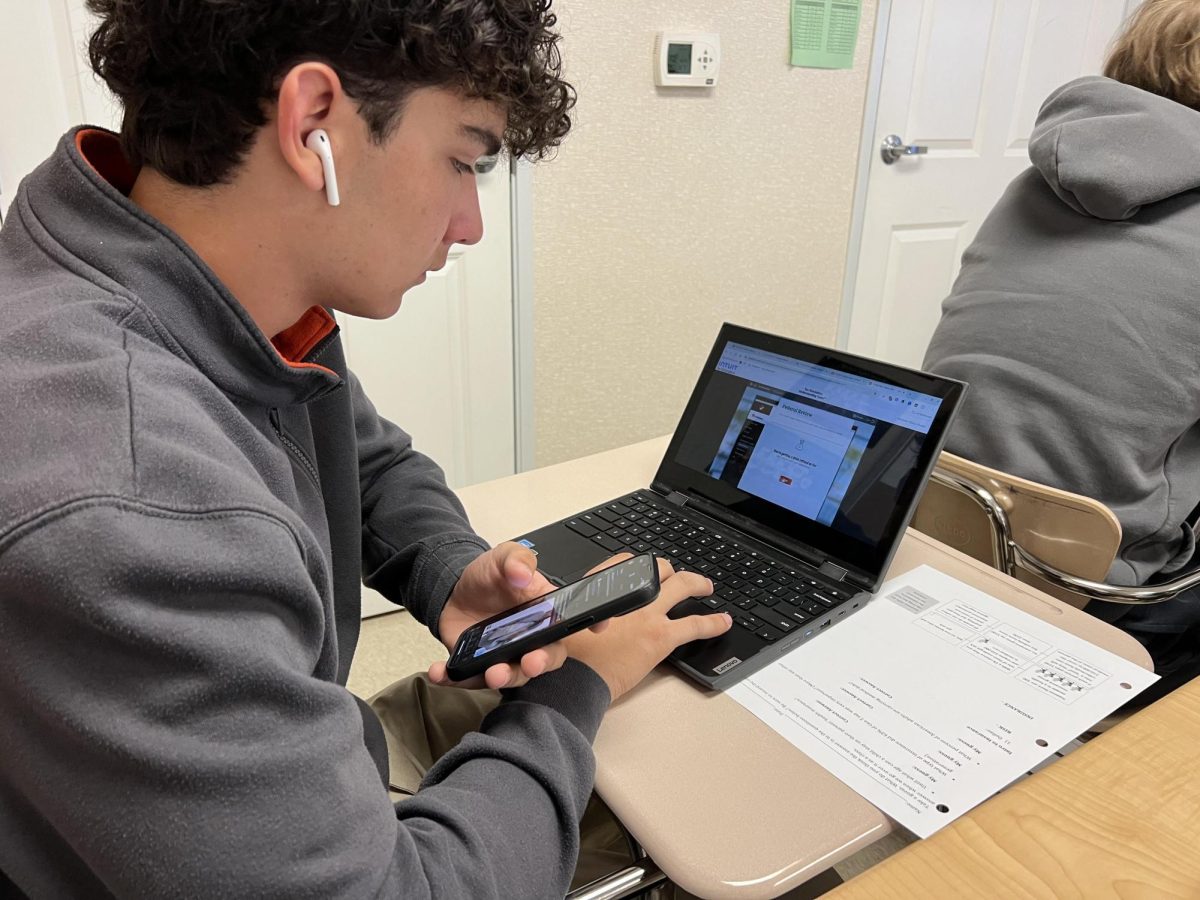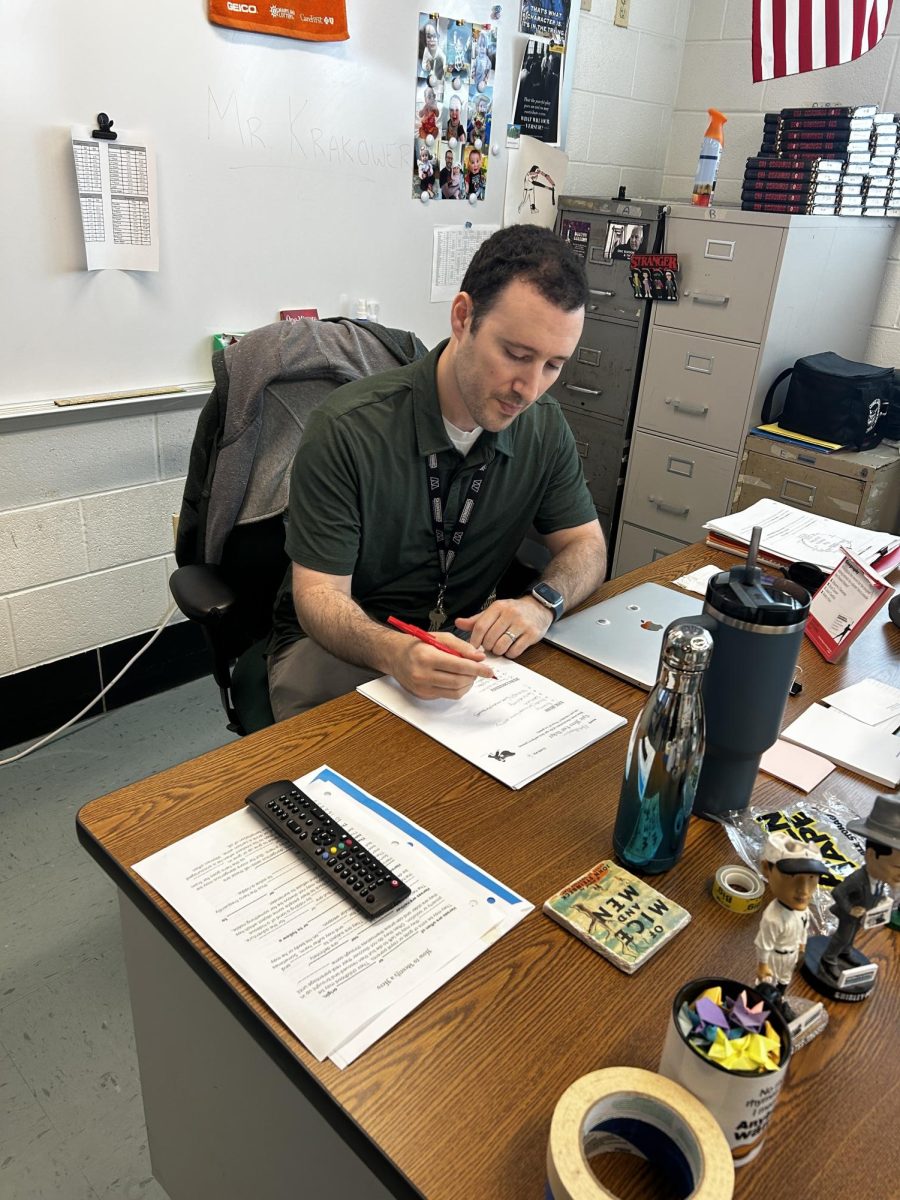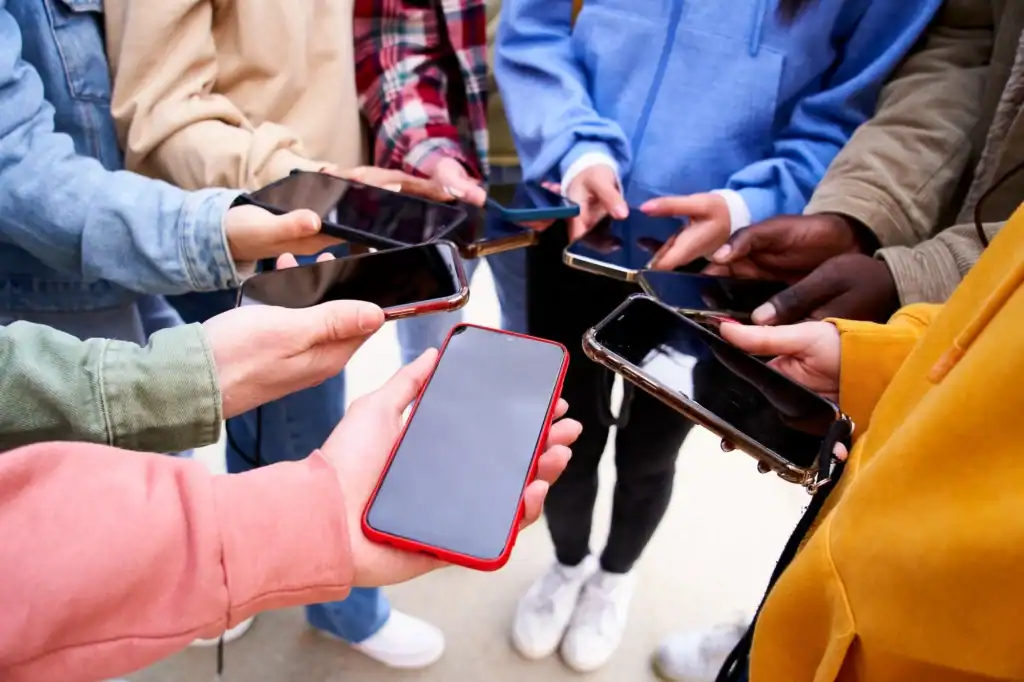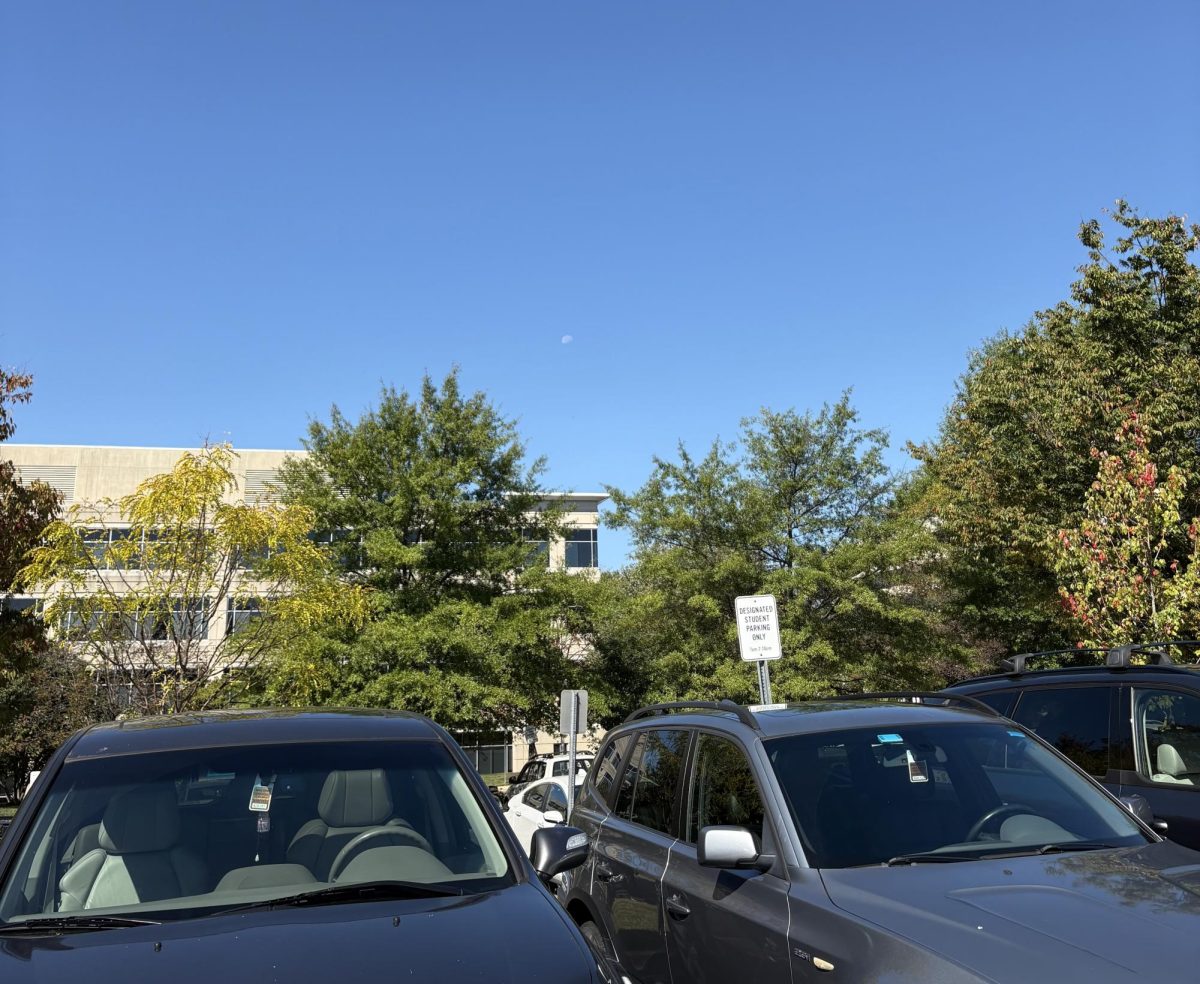Recently, the topic of a cell phone ban has surfaced at WJ, and students have mixed emotions about it. A ban means that phones would be not allowed for use during all hours of the school day besides lunchtime and passing periods. Small phone cubbies that hang on the wall would be utilized where students would put their phones at the beginning of class and retrieve them once class is over.
Cell phones today play a major role in every bit of our lives, and we are constantly checking them to keep updated on things like communicating with family and friends, alarms and so much more. Cell phones provide several services for us, allowing us to text, call, calculate, plan, buy, and sell, the list could go on forever. While cell phones can be a distraction, enticing us with convenient movie-watching and entertainment at our fingertips, they can also be extremely beneficial to us and teach us important things. Not only that, but cell phones also keep us safe by constantly tracking our locations, having emergency services on speed dial and keeping us in tight communication with loved ones when we need them.
“I have some teachers who are strict and don’t let us use them, but some just straight up take them, and it does feel kind of uncomfortable not having my phone on me,” senior Muganza Kaleeba said.
Teachers around WJ with strong feelings towards cell phones often offer incentives to encourage students to engage with the rest of the class and stay off of their cell phones. These incentives may include things like class parties and homework passes. American Sign Language (ASL) teacher Kira Campbell keeps track of how many times students use their phones in class per quarter, and the class with the least number of tallies wins a breakfast party.
“We keep a tally every quarter of how many times students pull out their cellphones during class, and the winning class gets a breakfast party this quarter, with things like donuts and coffee,” Campbell said.
Most students enjoy keeping their cell phones on their person throughout the school day. However, some teachers request that the phones be put away in a phone storage cubby for class time to enhance students’ focus and minimize distractions while learning. While many students disagree with this rule, numerous teachers do think it helps students stay focused and not get the urge to pick up the phone when they hear it buzz.
While removing phones from the classroom could benefit students’ learning, there are still many concerns about banning cell phones during school hours. In the past, students and parents have expressed fear and worry about not being able to contact their children throughout the school day. With school dangers a reasonable concern this decade, parents fret that they will not be able to contact their children to make sure they are safe and also arrange reunions.
“I feel like if something went wrong in school and I wasn’t able to contact my brother or parents, it would definitely make me feel less safe and escalate the situation,” junior Henry Koenick said.
While student safety and keeping focus are important to WJ students’ success, the use of cell phones can also be extremely beneficial to academic success, quick and effective learning, and more. Cellphones can be used for bad things in the classroom but can also be used for things like classwide Kahoots, sharing information with fellow peers, the use of AI and the help of “over 7,000 million .edu websites,” according to Wikipedia. This also eases teachers’ jobs, making it simpler and more effective to teach so many students at once, with classes full of up to 30 students. Working in groups is often a great idea to get students to collaborate with each other and also strengthen ideas.
“I like using my phone in class when the teacher allows it. The Kahoots and stuff are fun and also honestly help with the material a lot of the time too,” junior Juliana South said.
Cell phones are only becoming more and more important to us as time goes on, as they increase the number of tasks and services they can provide and pursue. Stripping the use and possession of students’ cell phones likely will not help as much as other possible solutions could, but instead create more tension between students and their cell phones. This could ultimately lead to overuse during times of freedom like lunch, stripping social exposure and maybe even overuse outside of the classroom.









